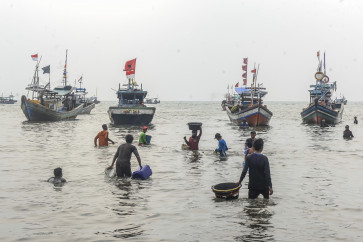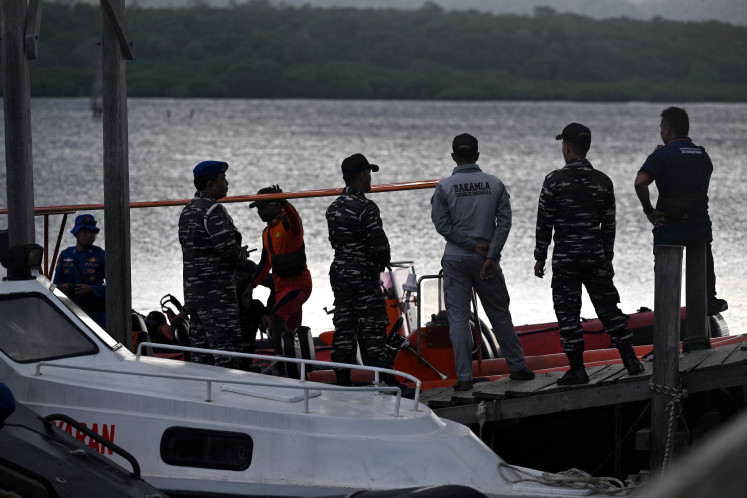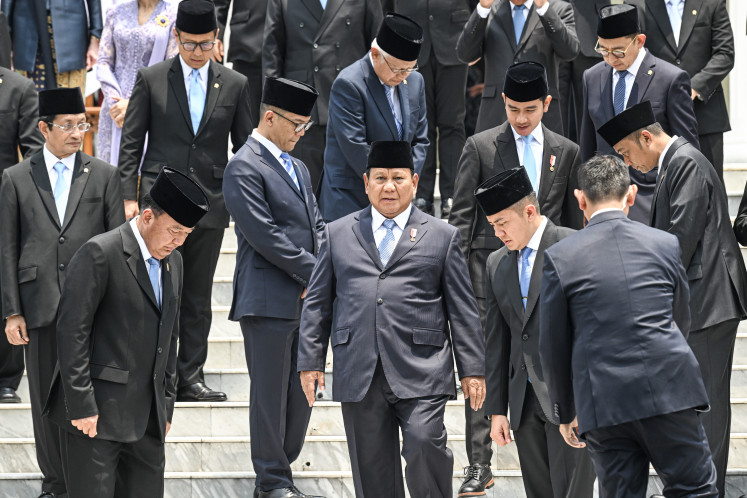Popular Reads
Top Results
Can't find what you're looking for?
View all search resultsPopular Reads
Top Results
Can't find what you're looking for?
View all search resultsPoor city planning to blame for Jakarta flooding
Poor spatial planning has generated and compounded many problems in Jakarta, such as the recent bout of destructive flooding
Change text size
Gift Premium Articles
to Anyone
Poor spatial planning has generated and compounded many problems in Jakarta, such as the recent bout of destructive flooding.
Some of the issues associated with the flooding include land subsidence, rising sea level, rapid urbanization, land conversion and inadequate infrastructure.
Urban designer Andy Siswanto said poor management of the city had led to chaos. He has called for the synchronization of data related to all these factors in order to map out flood potentials around Jakarta.
In addition, Andy suggested that poor city planning had given rise to slums, as the distance between industrial areas and affordable housing had forced poorer workers to live however they could near their place of work.
'The
layout of a city really contributes to the welfare of local residents
and is important for both the poor and rich to live comfortably,' Andy
said as quoted by kompas.com on Friday.
Bandung Institute of Technology (ITB) scientist Hasanudin Z Abidin said land subsidence had caused damage to Jakarta's buildings and infrastructure, and had exacerbated flooding by disruption drainage systems.
Based on Hasanudin's observations through a GPS survey, land subsidence in Jakarta from 1997 to 2011 ranged from 1 cm up to 15 cm per year and up to 28 cm each year in particular areas.
A researcher at the ITB Technical Geodesy Department, Heri Andreas, said the major causes of land subsidence were the removal of groundwater and the weight of the large malls and skyscrapers that have popped up at breakneck speed. An obvious solution to this is to completely halt groundwater removal and provide enough surface water for residents and businesses.
Minimum efforts have been made to restore removed groundwater. In 2013, the Jakarta City administration made 1,507 infiltration wells in numerous areas. The wells were expected to reserve 52,977 cubic meters of water each day, a small dent in the 602,739 cubic meters used by businesses and residents per day.
'Any solution to flooding takes time, the matter can't be settled straight away,' Jakarta Governor Joko "Jokowi" Widodo said.
Structural and non-structural management of downstream and headwater areas has been done as a means of flood control. In the city itself, capacity has been increased in the East and West canals. Additionally, dredging the Cengkareng, Sunter and Muara West canals and normalizing the level of the Ciliwung River are set to be done in 2014. (bcw)










